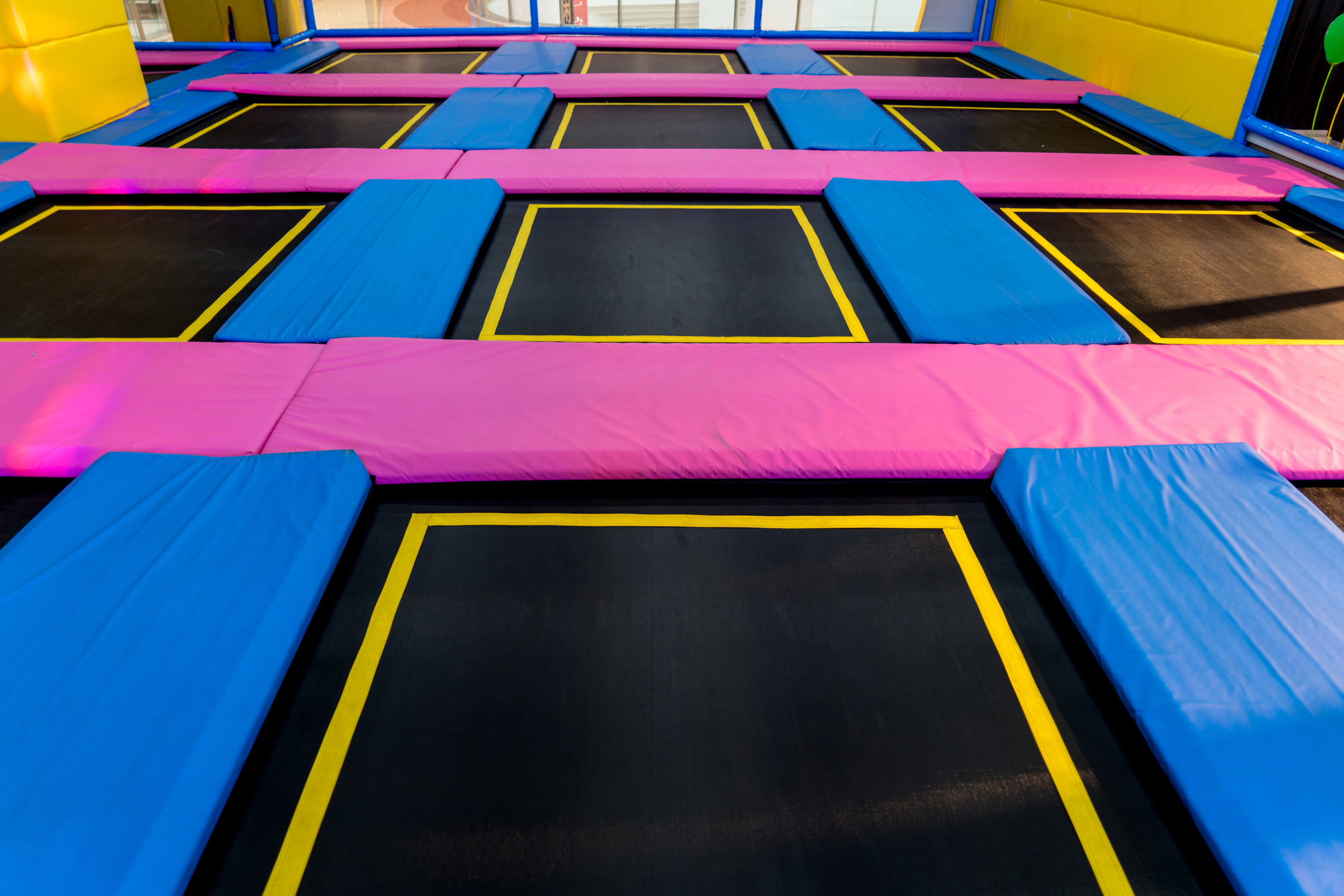Bangladesh's finance minister downplayed the impact of last week's factory-building collapse on his country's garment industry, saying he didn't think it was "really serious" Friday, hours after the 500th body was pulled from the debris.
Finance Minister Abul Maal Abdul Muhith spoke as the government cracked down on those it blamed for the disaster in the Dhaka suburb of Savar. It suspended Savar's mayor and arrested an engineer who had called for the building's evacuation last week, but was also accused of helping the owner add three illegal floors to the eight-story structure. The building owner was arrested earlier.
The government appears to be attempting to fend off accusations that it is in part to blame for the tragedy because of weak oversight of the building's construction.
During a visit to the Indian capital New Delhi, Muhith said the disaster would not harm Bangladesh's garment industry, which is by far the country's biggest source of export income.
"The present difficulties ... well, I don't think it is really serious — it's an accident," he said. "And the steps that we have taken in order to make sure that it doesn't happen, they are quite elaborate and I believe that it will be appreciated by all."
When asked if he was worried that foreign retailers might pull orders from his country, Muhith said he wasn't: "These are individual cases of ... accidents. It happens everywhere."
The April 24 collapse is likely the deadliest garment-factory accident in world history. It surpassed both long-ago disasters such as New York's Triangle Shirtwaist factory fire, which killed 146 workers in 1911, and more recent tragedies such as a 2012 fire that killed about 260 people in Pakistan and one in Bangladesh that same year that killed 112.
U.S. & World
The day's top national and international news.
At the site of the collapse, the official death toll reached 501 Friday and was expected to climb. Workers carefully used cranes to remove the concrete rubble and continue the slow task of recovering bodies. The official number of missing has been 149 since Wednesday, though unofficial estimates are higher.
"We are still proceeding cautiously so that we get the bodies intact," said Maj. Gen. Chowdhury Hassan Suhwardy, the commander of the area's army garrison supervising the rescue operation.
A government investigator said Friday that substandard building materials, combined with the vibration of heavy machines used by the five garment factories inside the Rana Plaza building, led to the horrific collapse.
Mainuddin Khandkar, the head of a government committee investigating the disaster, said substandard rods, cement, bricks and other weak materials were used in the construction of the Rana Plaza building, which was not properly fortified to house the garment factories' equipment.
About 15 minutes before the collapse, the building was hit by a power blackout, so its heavy generators were turned on, shaking the weakened structure, Khandkar said.
"The vibration created by machines and generators operating in the five garment factories contributed first to the cracks and then the collapse," he said, adding that a final report would be soon submitted to the government.
Police official Ohiduzzaman said Friday that engineer Abdur Razzak Khan was arrested a day earlier on a charge of negligence. He said Khan worked as a consultant to Rana Plaza owner Mohammed Sohel Rana when the illegal three-floor addition was made to the building.
Rana called Khan to inspect the building after it developed cracks on April 23, local media reported. That night Khan appeared on a private television station saying that after his inspection he told Rana to evacuate the building because it was not safe.
Khan, a former engineer at Jahangirnagar University near Savar, said he told government engineers the building needed to be examined further.
Police ordered the building evacuated, but witnesses say Rana told people gathered outside the next morning that the building was safe and that garment factory managers told their workers to go inside. It collapsed hours later.
Authorities also suspended the mayor of Savar, Mohammad Refatullah, for alleged negligence, said Abu Alam, a top official of the local government ministry.
Alam said an official investigation has found that the mayor ignored rules in approving the design and layout of the doomed building. The mayor is from the opposition Bangladesh Nationalist Party, which has criticized his suspension as politically motivated.
The government also effectively suspended Kabir Hossain Sardar, the top government administrator at Savar, following reports that he declared the building safe after inspecting the cracks a day before the collapse. Sardar had close links with Rana. Alam said the government was taking action against everyone involved with Rana and his building.
Rana himself was arrested earlier and is expected to be charged with negligence, illegal construction and forcing workers to join work, crimes punishable by a maximum of seven years in jail. Authorities have not said if more serious crimes will be added.
The Bangladesh High Court has ordered the government to confiscate Rana's property and freeze the assets of the owners of the factories in Rana Plaza so the money can be used to pay the salaries of their workers.
Among the garment makers in the building were Phantom Apparels, Phantom Tac, Ether Tex, New Wave Style and New Wave Bottoms.



